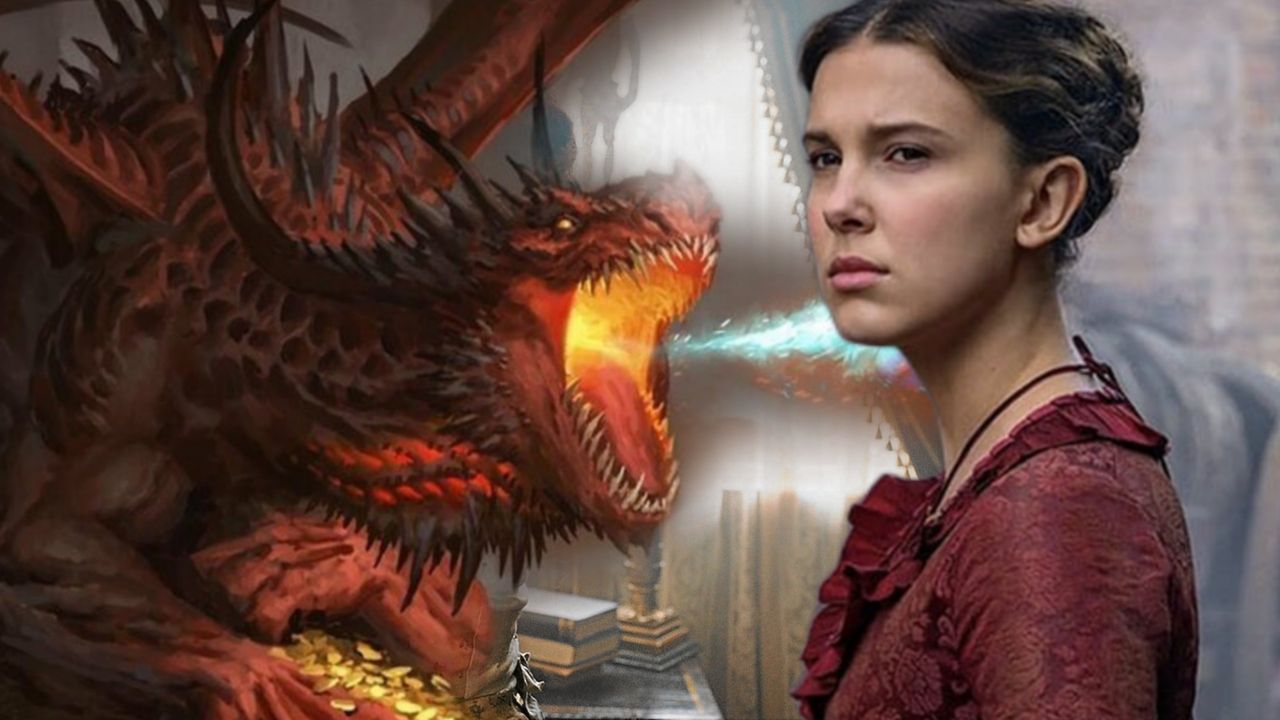- What Is Contextual Writing? (Part 1)
- What Is Contextual Writing? (Part 2)
Context is a small word with massive implications. Almost nothing we write, script, novel, or article, is without context. Life itself is all about context – necessary information for it to be meaningful.
If I say the score of a game was 5 – 2 and a ‘blowout,’ I’d have to provide context for the assertion. In football, that would not be a blowout; but in soccer, a it’s a different story. Saying a car getting gets great gas mileage at 15mpg only makes sense if that car was an old muscle car with a massive engine. Modern cars most certainly do much, much better.
In writing, context is key for people to understand your work properly and ultimately to get so involved with your story it moves them emotionally in fear, joy, or anything at all.
Act I: Where To Start With Context
Act I sets the table for the script. The entirety of Act I is what provides us with our context.
Establishing context in any story involves variations from the norm. To use a culinary analogy, in sauces you start with a basic sauce and then vary them. For example, a tomato sauce can be spun into dozens of different types of that sauce.
For film/TV – any story – you start with our current world and go in all different directions from that. Some things will be the same or similar to our norm and some will be wildly different.
As an example, in Damsel, Millie Bobby Brown’s character is the princess of a dying realm. A lot of what she faces is understandable – evil, love, horses, lances, swords, etc. But there’s a dragon too and the backstory of how and why that dragon exists is specific to that world. The basic sauce is 15th/16th century(ish) England, but with obvious variations.
It’s called World Building. How is money treated? What political system is in place? Do guns always hurt severely or can you recover effectively from a gunshot say to the arm? Speaking of guns, are those used a lot, a little, or not at all? Obviously, in The Sopranos guns are a major part of that world of violence and mayhem.
All this becomes context, a container for your story.
I call it the mythology of your world and it’s essential you understand it so as to know when and how to utilize and explain it.
The Contract With The Audience
I noticed that at the movies there were times I never felt relaxed. This wasn’t because some idiot was talking, or crinkling food wrappers – although a pox on them – it was because I didn’t feel engaged in the opening scenes.
Once I started writing and defining what was necessary to a story, I came up with the idea of this contract. It’s detailed in my book, Quantum Scriptwriting, but let me give you the crux of it here.
Normal World
Context demands we understand a character’s normal life. What do they do, how do they do it. The term ‘fish out of water’ perfectly describes this in that our character isn’t in their normal world.
These are powerful and many times funny stories. In Totally Killer written by David Matalon, Sasha Perl-Raver, and Jen D’Angelo, Kiernan Shipka’s character travels to the past to save her mother from being murdered in the present day. Many things in the present (normal world) come into play in the past, and Shipka’s character must understand how those things have changed. We also have to understand those same things in order for the jokes to land or the story to unravel properly.

Cocaine Bear
In Cocaine Bear, the normal world is almost all perfectly normal. The one variation is a bear who lusts after blow and will terrorize anyone to get it.
The Rules
In most films a world is created. It may be as fantastical as Everything Everywhere All At Once or as mundane as Marriage Story. These are containers for both the adventures and the characters.
The Rules are how those worlds operate, form the basis of the adventures. Again, in movies like Marriage Story, The Verdict, Miss Sloan etc., the basic world is familiar even if they’re specialized to the storyline.
In Pitch Black, a group of individuals crash land on a planet encased in darkness. The creatures they encounter there abide by certain rules of behavior and the men and women in the movie act and react accordingly. The photosensitive nature of the creatures creates that context of behavior.
In The Brothers Sun, certain rules are put forth. Large scale mayhem is the order of the day and contextually, Charles Sun (Justin Chien) is comfortable in that mayhem. But he follows codes of behavior set forth by the rules of his gangster world. In one episode, despite increasing danger to himself and others in his family, he is forced by his codes to deliver a lizard in order to satisfy an obligation. The episode is called Favor For A Favor which underscores the plot of that episode tied into the rules of Charles Sun’s world.

Bruce (SamSong Li) & Charles Sun (Justin Chien) Photo courtesy of Netflix
Character Context
Watching movies like Winter’s Bone, Where the Crawdads Sing, or Southern Comfort you see characters who are products of their world. They react and interact based contextually on how and where they’ve been raised. Sometimes, they’re products of their past – their backgrounds and what happened to them at a certain point in their lives.
A young man on Tatooine whose father was a legendary Jedi Knight will have grown up in a different world than a woman who becomes self-aware like in Lady Bird or CODA.
Their context allows us to participate in what would be absurdities in another world. The characters are contextually suited to their roles, their journeys, and their environments.
Any war film shows men and women who have been changed by the environment and situation they’re in. Apocalypse Now details the deep-seated psychosis of both the Martin Sheen and Marlon Brando characters. Actions that might have been unthinkable before the war are now de rigueur during it. PTSD is well-documented in film and TV and forms the basis of many character interactions. The characters are in context to their past or present situations.
Who Characters Are In Their Worlds
Tangential to a previous subheading, a character’s normal world is important contextually to understand how and what the task and adventure they’re about to undertake will hamper or aid them – but who they are in that world is essential.
Attorneys, doctors, priests, etc. – any professional group – will have a fairly well-defined normal world. Cops fight crime. Nurses attend to the sick. A coach leads a team. Their day-to-day is mostly understood and not as much effort need go into explaining it.
The talented amateur character will have a different setup contextual to the adventure. North by Northwest features an in-control businessman who has to reach beyond his normal grasp to survive. You needs must give them an adventure commensurate with their skills which won’t be the same as someone who does this sort of thing daily.
In Ballers, the Duane Johnson character knows football as a star athlete would. But now, in his post-football career, he’s on a different tangent in the world of financial representation. Although the storylines do revolve around his football career, most of what he strives against is foreign to him. In fact, he’s bad at it having ruined his own and several others’ finances on an ill-advised investment. We meet him as retired ‘baller’ whose normal world isn’t football anymore. All his professional skills are out the window as he struggles to make a go as a retired athlete.
Alan Tudyk’s hilarious turn in Resident Alien shows an extra-terrestrial scientist who must fit in with people and a culture he doesn’t always understand.
Backgrounds
We are (or should be) always creating backstories for our characters. It tells a lot about where a character is when the story opens. There’s a reason for this and it mimics real life.
Film and TV technical adviser Sgt. Jeffrey Walker, L.A.S.D has worked all sides of law enforcement. He told me that in interviewing a suspect, trying to understand who they are based on where they come from is an important part of their job. He speaks to the person not the stereotype and to do that effectively he needs to get to know who he is interviewing.
One of the first jobs of any detective story is to ask why in order to put the crime in context. As these stories evolve, a picture of the backgrounds of the characters begins to form until it provides enough context to form conclusions.
No villain is arbitrary; there’s always a story contextual to the crime. No protagonist grabs us without some texture (context) and the comes from how they were shaped for the story we’re writing. Giving a character context always helps us to write dialogue and actions that make sense to that character.

